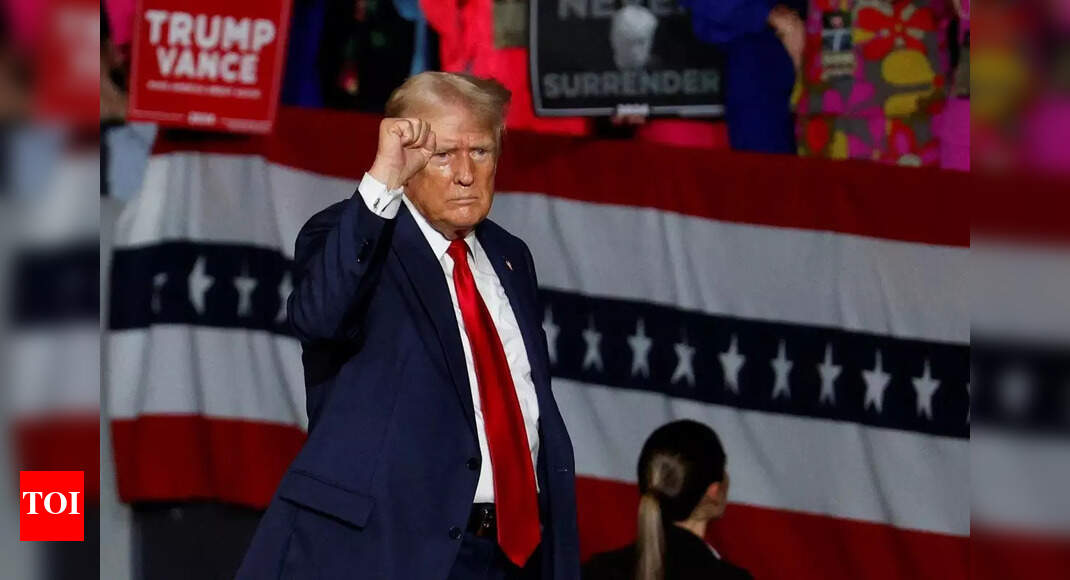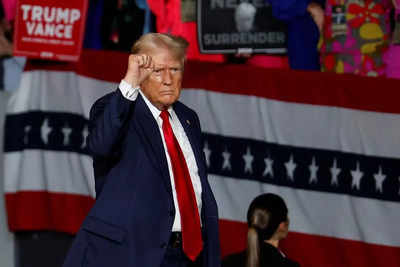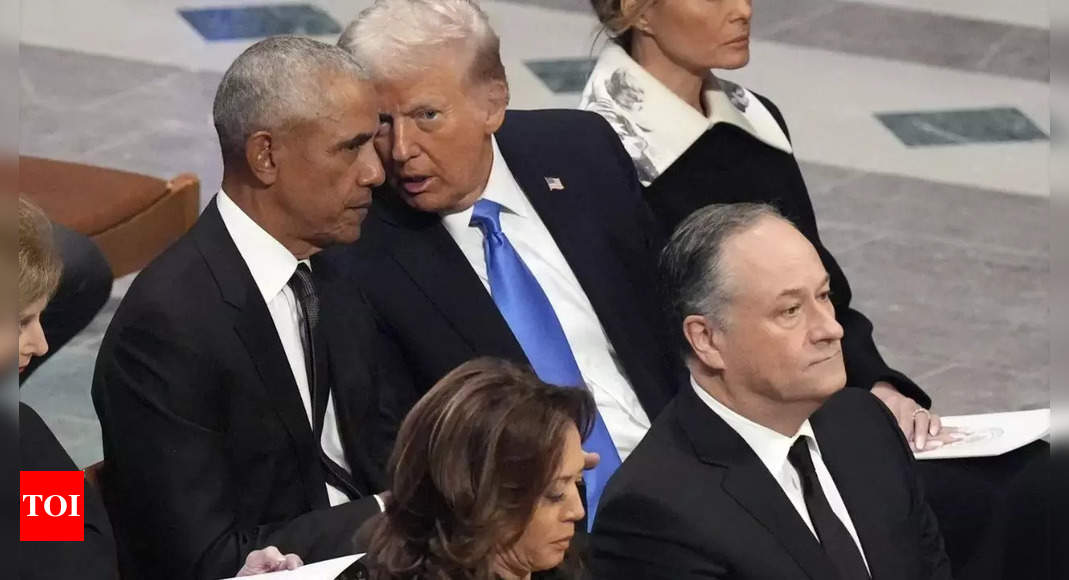US President Donald Trump signed his 107th executive order, nearly tripling the count of his predecessor, Joe Biden, at this point in their respective terms.
The announcement was made by the White House in a post on social media platform X, on Tuesday.
“The American people sent him to the White House with a mandate, and he’s delivering—cutting costs, securing the border, restoring peace, and unleashing American energy.”
The milestone comes just over two months into Trump’s second term, marking an unprecedented pace in modern US history. He already surpassed Franklin D Roosevelt’s record of 99 executive orders within the first 100 days.
A historic surge
Executive orders allow presidents to enact policies without Congressional approval, provided they fall under executive authority. These orders have been extensively used by the current president to push through policy changes, with a particular focus on reducing federal budgets and regulations.
Many of the orders signed so far have been aimed at downsizing the federal government, trade and tariffs on imports. While the president argued these changes will protect American producers, economists warn they could drive up prices for consumers.
Trump has also issued several executive orders to roll back Biden-era policies, including environmental protections on fossil fuels and limits on tailpipe emissions. Immigration has been another priority, with orders directing US troops to the southern border and ending birthright citizenship—though the latter has already faced legal challenges.
Some of his directives have been controversial, including those targeting individuals involved in past investigations of the president. Five orders have revoked security clearances or cancelled government contracts of former officials critical of Trump. Three others have repealed Biden-era policies on climate change and Covid-19.
Here are some of the major orders issued by the US president:
Ending DEI programs and preferencing
This executive order was aimed towards eliminating diversity, equity, inclusion, and accessibility (DEIA) programs from the federal government. It directed agencies to terminate DEIA offices, policies, training, and funding, emphasizing merit-based employment and resource allocation. Federal agencies must review and report DEIA-related expenditures and assess their impact. A monthly meeting will also be held to monitor compliance and assess further actions.
Withdrawing from WHO
The United States’ decision withdrew from the World Health Organization (WHO), citing concerns over the organization’s handling of global health crises, lack of reforms, political influence, and disproportionate financial burdens on the US. It halted the funding and cooperation with WHO, and redirected responsibilities to alternative partners. The US will also stop negotiations on the WHO Pandemic Agreement and amendments to International Health Regulations.
Reinforcing immigration laws
This executive order strengthened immigration enforcement in the United States by revoking previous policies, increasing deportations, and enhancing security measures. It mandated strict enforcement of immigration laws, prioritized the removal of individuals deemed threats to national security or public safety, and established Homeland Security Task Forces across all states.
Releasing classified information
The order mandated the full release of all government records related to the assassinations of President John F Kennedy, senator Robert F Kennedy, and Martin Luther King Jr. Recently, on March 18, 2025, the Trump administration fulfilled the long-standing promise of releasing approximately 80,000 pages of previously classified documents.
Combating anti-semitism
This order was issued to combat anti-Semitism, especially in schools and universities, following a rise in incidents after October 7, 2023. It reaffirmed a previous order and directed federal agencies to enforce civil rights laws, prosecute offenders, and hold institutions accountable. Agencies must report their actions within 60 days, including cases and measures to address campus anti-semitism.
Establishing US sovereign wealth fund
The order directed the US government to create a sovereign wealth fund to benefit American citizens by ensuring fiscal sustainability, reducing tax burdens, securing economic stability for future generations, and strengthening the country’s global economic position. It mandated the treasury and commerce secretaries, in coordination with the President’s economic policy advisor, to develop and submit a detailed plan within 90 days.
Establishing Bitcoin reserve
This move secured Bitcoin as a strategic national asset. The order created a Strategic Bitcoin Reserve (SBR) and a US digital asset stockpile (USDAS) to manage government-held digital assets. All forfeited Bitcoin will go to the SBR and cannot be sold. Other digital assets will go to USDAS and may be used for law enforcement or returned to victims. Agencies must report holdings and transfer assets within 30 days. The Treasury will review legal and investment aspects within 60 days.
Sanctions on countries importing Venezuelan oil
This executive order intensified sanctions and trade restrictions on Venezuela, citing continued threats from Nicolas Maduro’s regime and the Tren de Aragua gang, a transnational criminal organization. It reaffirmed existing sanctions and imposed a 25 per cent tariff on goods from any country importing Venezuelan oil, effective April 2, 2025.
Dismantling department of education
This executive order called for the closure of the department of education, arguing that federal oversight has failed American students and that authority over education should return to the states. It criticized the department’s bureaucracy, high costs, and inefficiency, particularly in managing student loans and public school funding. It asserted that education policy is best handled at the state and local levels, not by the federal government.
Targeting key law firms
This executive order targeted Jenner & Block LLP and other “Big Law” firms, accusing them of engaging in politically motivated actions that threaten national security, public safety, and constitutional freedoms. It suspended security clearances for Jenner employees, halted government support and contracts involving the firm, and required federal contractors to disclose business ties with Jenner. The order claimed Jenner misused its pro bono practice for partisan agendas, promoted harmful policies, and engaged in discriminatory practices.
Judicial pushback
Not all of Trump’s executive actions have taken effect. Courts have already blocked several, including his order to shut down the US agency for international development.
“The sheer volume of judicial reversals, particularly this early in the president’s term, is exceptional,” said William Howell, a professor of political science and public policy at Johns Hopkins University.
Despite previously criticising Barack Obama’s use of executive orders, Trump has now signed more of them in his second term than at least 14 past US presidents had during their first 100 days. By contrast, Joe Biden had signed just 37 executive orders at this stage of his presidency.











